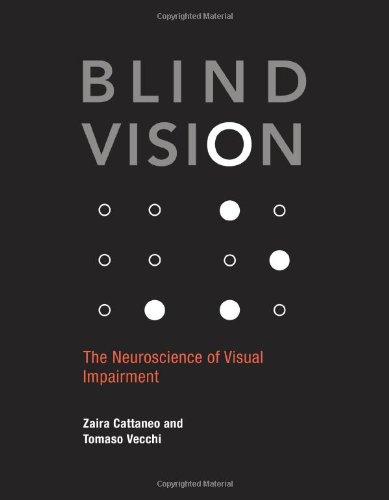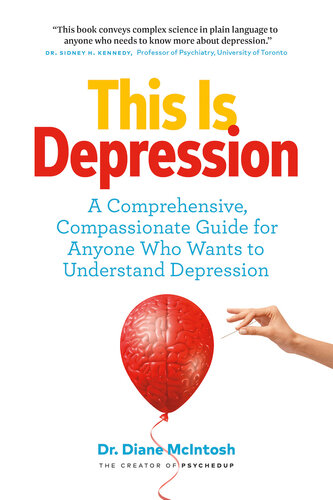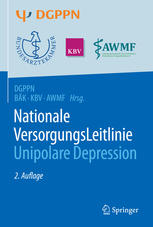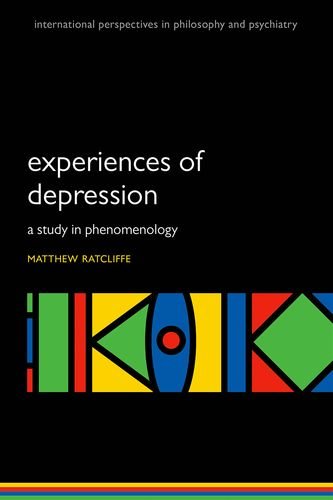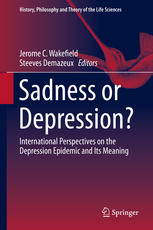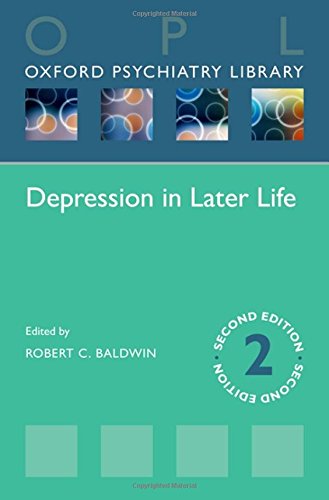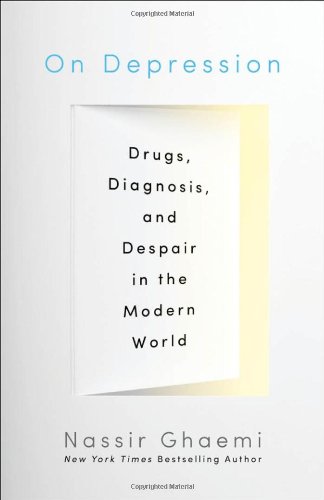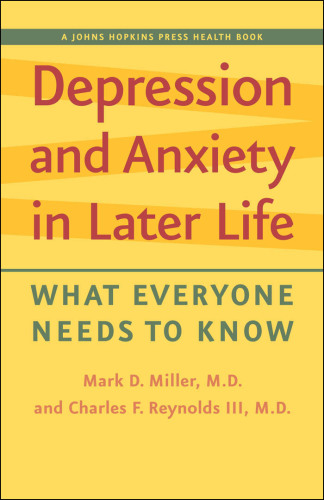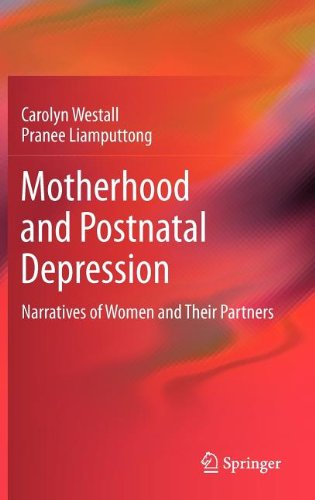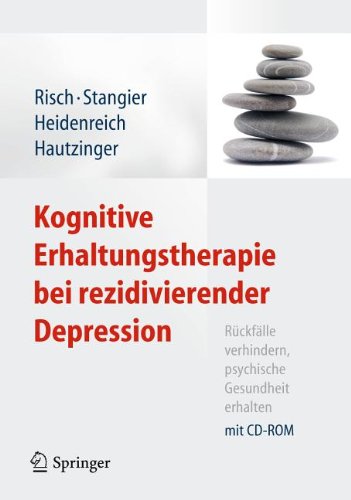بینایی کور: علم اعصاب اختلال بینایی ۲۰۱۱
Blind Vision: The Neuroscience of Visual Impairment 2011
دانلود کتاب بینایی کور: علم اعصاب اختلال بینایی ۲۰۱۱ (Blind Vision: The Neuroscience of Visual Impairment 2011) با لینک مستقیم و فرمت pdf (پی دی اف)
| نویسنده |
Tomaso Vecchi, Zaira Cattaneo |
|---|
| تعداد صفحهها |
280 |
|---|---|
| نوع فایل |
|
| حجم |
2 Mb |
| سال انتشار |
2011 |
89,000 تومان
معرفی کتاب بینایی کور: علم اعصاب اختلال بینایی ۲۰۱۱
بررسی اثرات نابینایی و سایر انواع نقص های بینایی بر توانایی های شناختی.
آیا نابینایان می توانند ببینند؟ همین ایده متناقض به نظر می رسد. با این حال، اگر “بینایی” را به عنوان توانایی ایجاد بازنمایی های ذهنی درونی که ممکن است حاوی جزئیات بصری باشد تصور کنیم، آنگاه ایده بینایی کور به مفهومی در دست بررسی تبدیل می شود. زائرا کاتانئو و توماسو وکی در این کتاب به بررسی تأثیرات نابینایی و سایر انواع نقص های بینایی بر رشد و عملکرد سیستم شناختی انسان می پردازند. Cattaneo و Vecchi با تکیه بر داده های رفتاری و فیزیولوژیکی عصبی، پژوهش های مربوط به تصویرسازی ذهنی، شناخت فضایی و مکانیسم های جبرانی را در سطوح حسی، شناختی و قشر مغز در افراد مبتلا به اختلال بینایی کامل یا عمیق تجزیه و تحلیل می کنند. آنها دریافتند که مغز ما برای “دیدن” به چشمان ما نیاز ندارد.
Cattaneo و Vicki به سؤالات مهم و مورد علاقه می پردازند: رابطه ادراک بصری با تصاویر و حافظه فعال و میزان بستگی تصاویر ذهنی به بینایی طبیعی؛ روابط عملکردی و عصبی بین بینایی و حواس دیگر. ; جنبه های خاص تجربه بصری که برای رشد شناختی یا مکانیسم های شناختی خاص حیاتی هستند. و انعطاف پذیری خارق العاده مغز – همانطور که با روشی که قشر بینایی افراد نابینا را می توان سازماندهی مجدد کرد تا سایر عملکردهای ادراکی یا ادراکی را پشتیبانی کند، مشهود است. در غیاب بینایی، حواس دیگر به عنوان یک جایگزین عملکردی عمل می کنند و اغلب تقویت می شوند. با بینایی کور، Cattaneo و Vicki “ظلم بصری” را می پذیرند و به اهمیت حواس دیگر در ادراک اشاره می کنند.
Can a blind person see? The very idea seems paradoxical. And yet, if we conceive of "seeing" as the ability to generate internal mental representations that may contain visual details, the idea of blind vision becomes a concept subject to investigation. In this book, Zaira Cattaneo and Tomaso Vecchi examine the effects of blindness and other types of visual deficit on the development and functioning of the human cognitive system. Drawing on behavioral and neurophysiological data, Cattaneo and Vecchi analyze research on mental imagery, spatial cognition, and compensatory mechanisms at the sensorial, cognitive, and cortical levels in individuals with complete or profound visual impairment. They find that our brain does not need our eyes to "see."
Cattaneo and Vecchi address critical questions of broad importance: the relationship of visual perception to imagery and working memory and the extent to which mental imagery depends on normal vision; the functional and neural relationships between vision and the other senses; the specific aspects of the visual experience that are crucial to cognitive development or specific cognitive mechanisms; and the extraordinary plasticity of the brain—as illustrated by the way that, in the blind, the visual cortex may be reorganized to support other perceptual or cognitive funtions. In the absence of vision, the other senses work as functional substitutes and are often improved. With Blind Vision, Cattaneo and Vecchi take on the "tyranny of the visual," pointing to the importance of the other senses in cognition.

